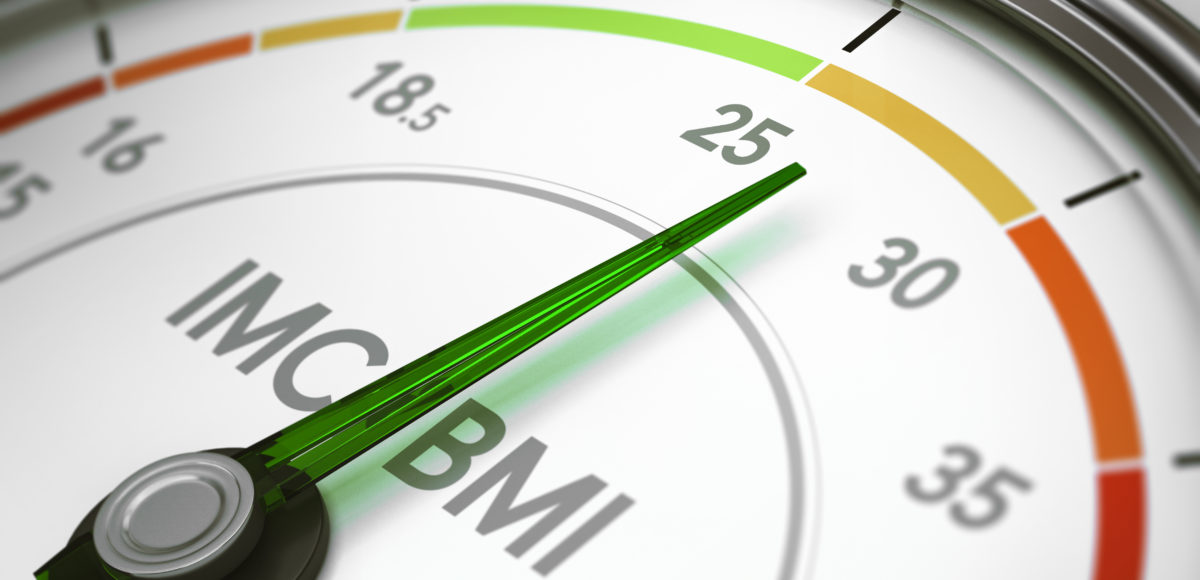The singer Pink recently posted on social media that her current BMI (body mass index) places her in the category obese. Looking at the accompanying picture in the same post made my mouth drop open! She looks amazing, only months after giving birth to her second child. She says that while she isn’t yet at her goal weight, her exercise and nutrition routine post-baby has led her to feel great and lose weight safely.
Pink’s post highlights the fact that BMI does little to help assess our body weight. All of the factors we strive for, such as aerobic conditioning and muscle mass, can actually skew your BMI to look like you’re overweight, or in Pink’s case, obese!
BMI is a measure of someone’s weight in relation to their height. Those two factors, and nothing else, are taken into consideration. So your age, sex, build and ethnicity aren’t a part of BMI. And that’s where its weakness lies.
Years ago, I added serious weightlifting and cross-fit type training to my running. Slowly, as I built muscle, I liked the way I looked in my clothing better, not to mention sleeveless tops in summer. I was actually happy to show off my arms, and if you’re a women you know that’s no small feat.
Then I got on a scale. I had actually gained several pounds over the years of working out. That’s when I knew it was time to throw out the scale. Even today my calculated BMI places me as overweight. Yet I know I’m not!
We know that the same mass of muscle weighs more than the same mass of fat. So as one starts to build muscle mass, even if they are losing excess fat cells at the same time, they will almost certainly weigh more.
Not only that, but some people are genetically predisposed to gain excess weight in their midsection, making their extra pounds more likely to affect their health. A big belly with a “normal” BMI is a ticking bomb.
The problem is that many of us trying to get fitter and lose weight may be using the BMI as a gauge, which can be misleading and counterproductive. Worse, it can shame people into feeling overweight or obese.
The “normal” range of BMI (18.5-24.9) is a reference standard, nothing more. Its usefulness lies in detecting excess weight in a person over time. Since we don’t grow in height as adults, an increase in BMI can guide us to realize there is a problem. We know that becoming overweight is disadvantageous, in terms of cardiovascular disease, and the risk of early death. The more excess weight you have, the greater the dangers.
The same goes for the underweight category. A previously normal range BMI that has crept below 18.5 can alert one to many possible issues, from eating disorders to malnutrition.
The problem lies in its overuse and our over reliance on it. When my doctor calculated my BMI and found it was higher than previously, she only had to look at me to see it was muscle and not fat.
The best way to monitor your weight is how the same clothes fit over time; how you feel about the way you look in the mirror; how much exercise you can tolerate as time goes on. Nothing is going to “fool” that barometer.
If you gauge by how you look and feel, you will never be shamed into thinking you are overweight because you don’t fit a predetermined, one-size-fits-all categorization of body mass.
We can all take a lesson from Pink on this one!
 English
English French
French German
German






